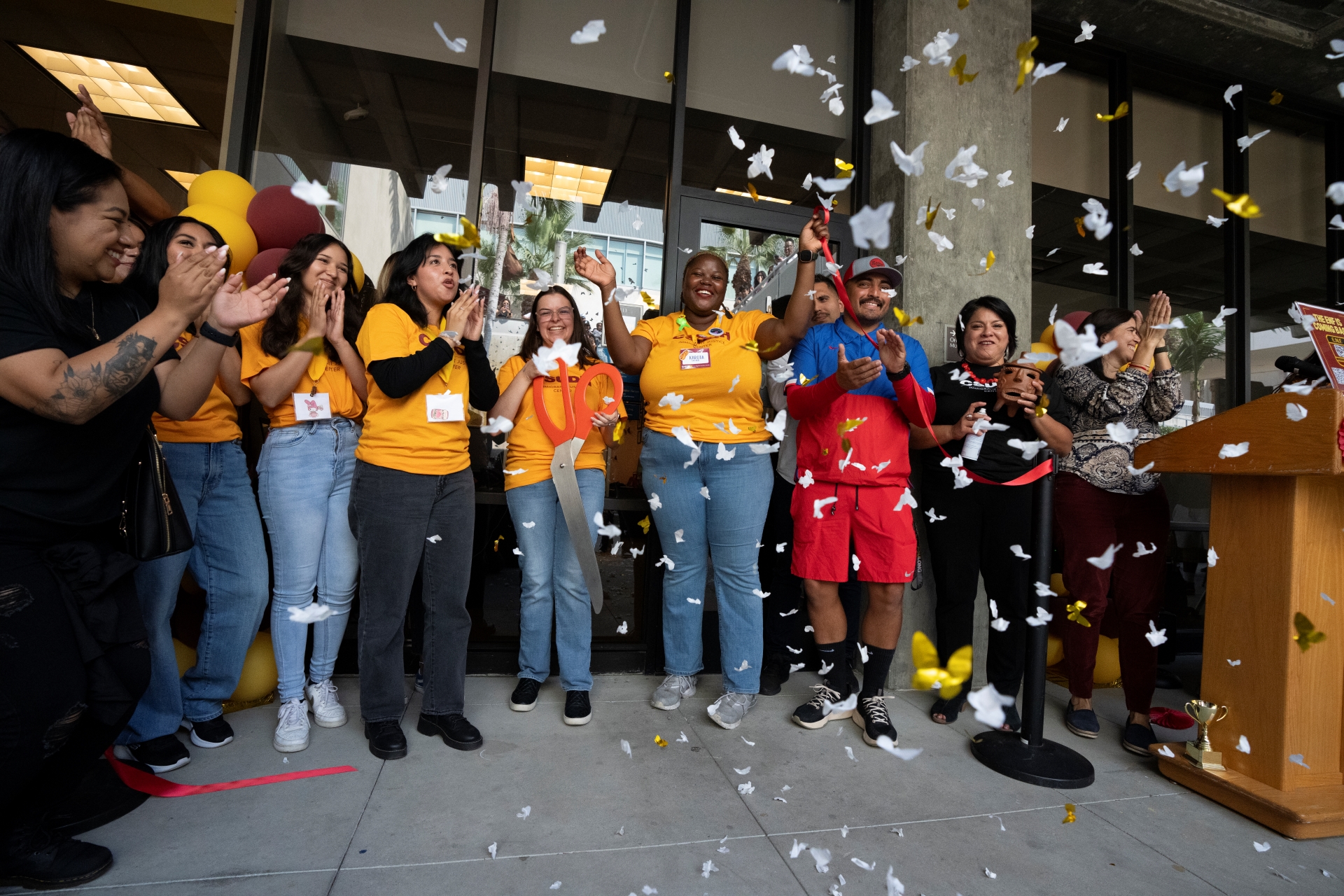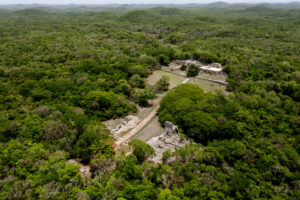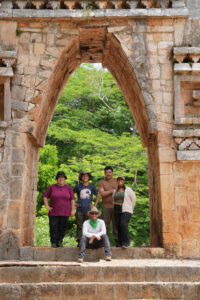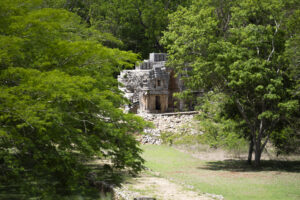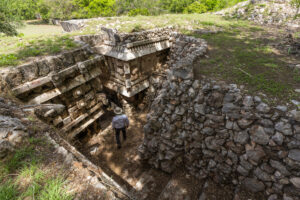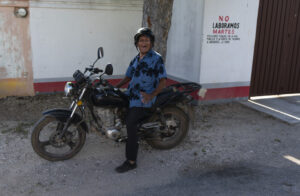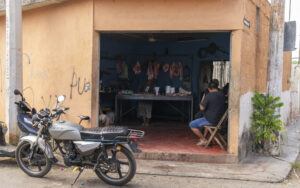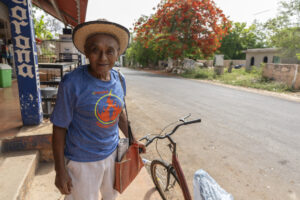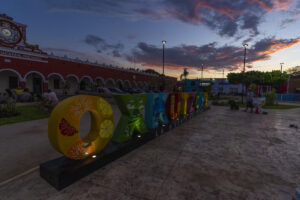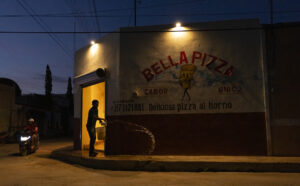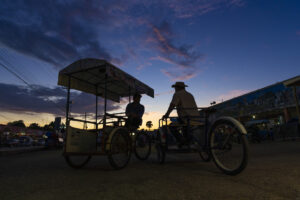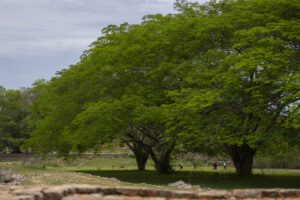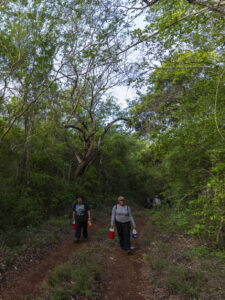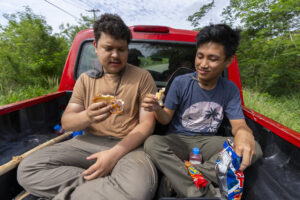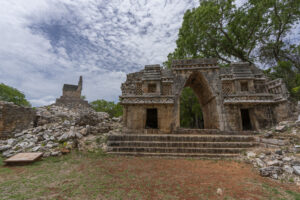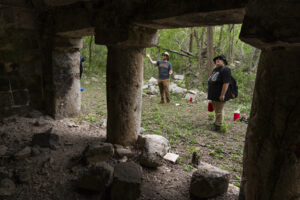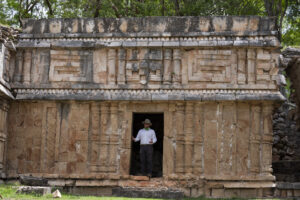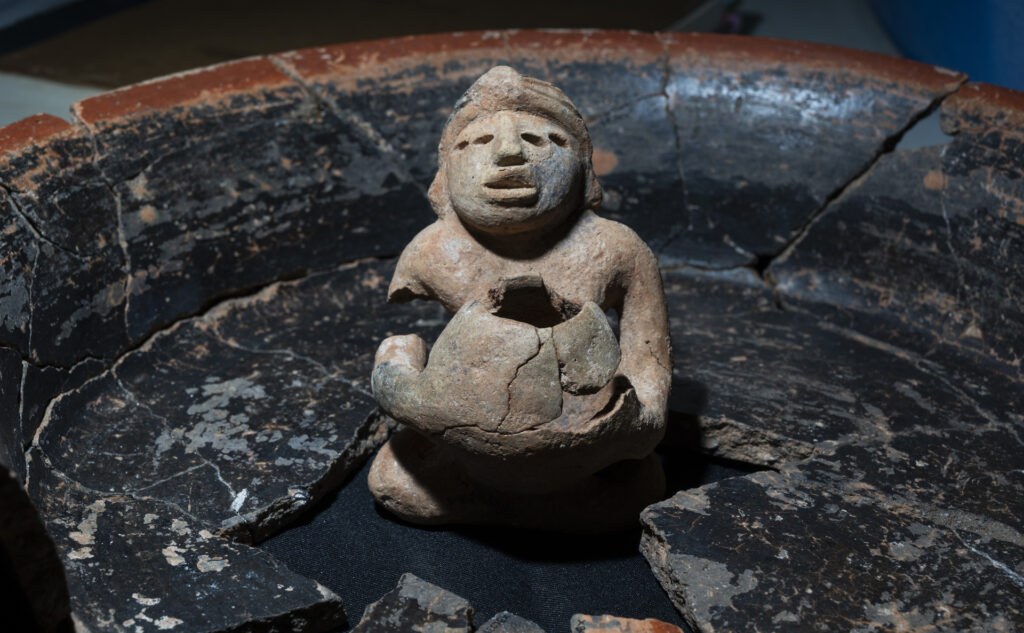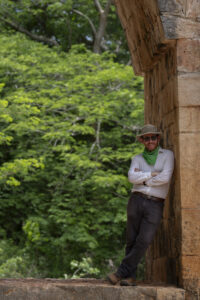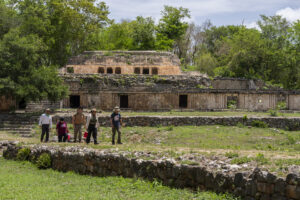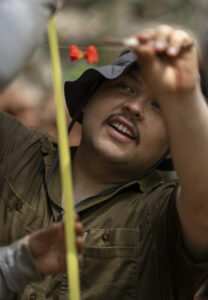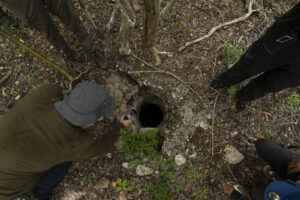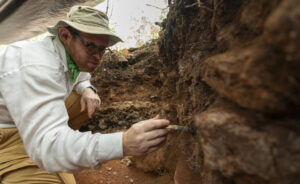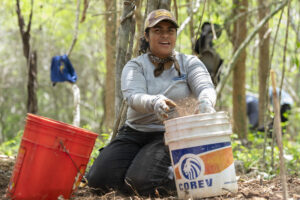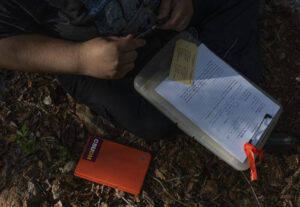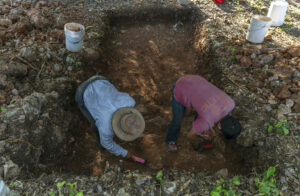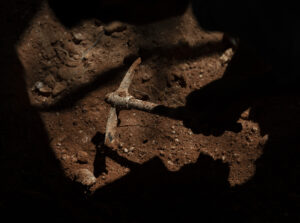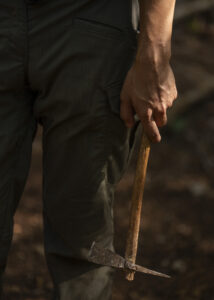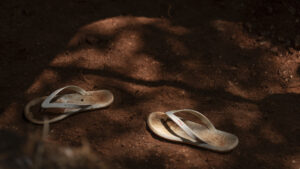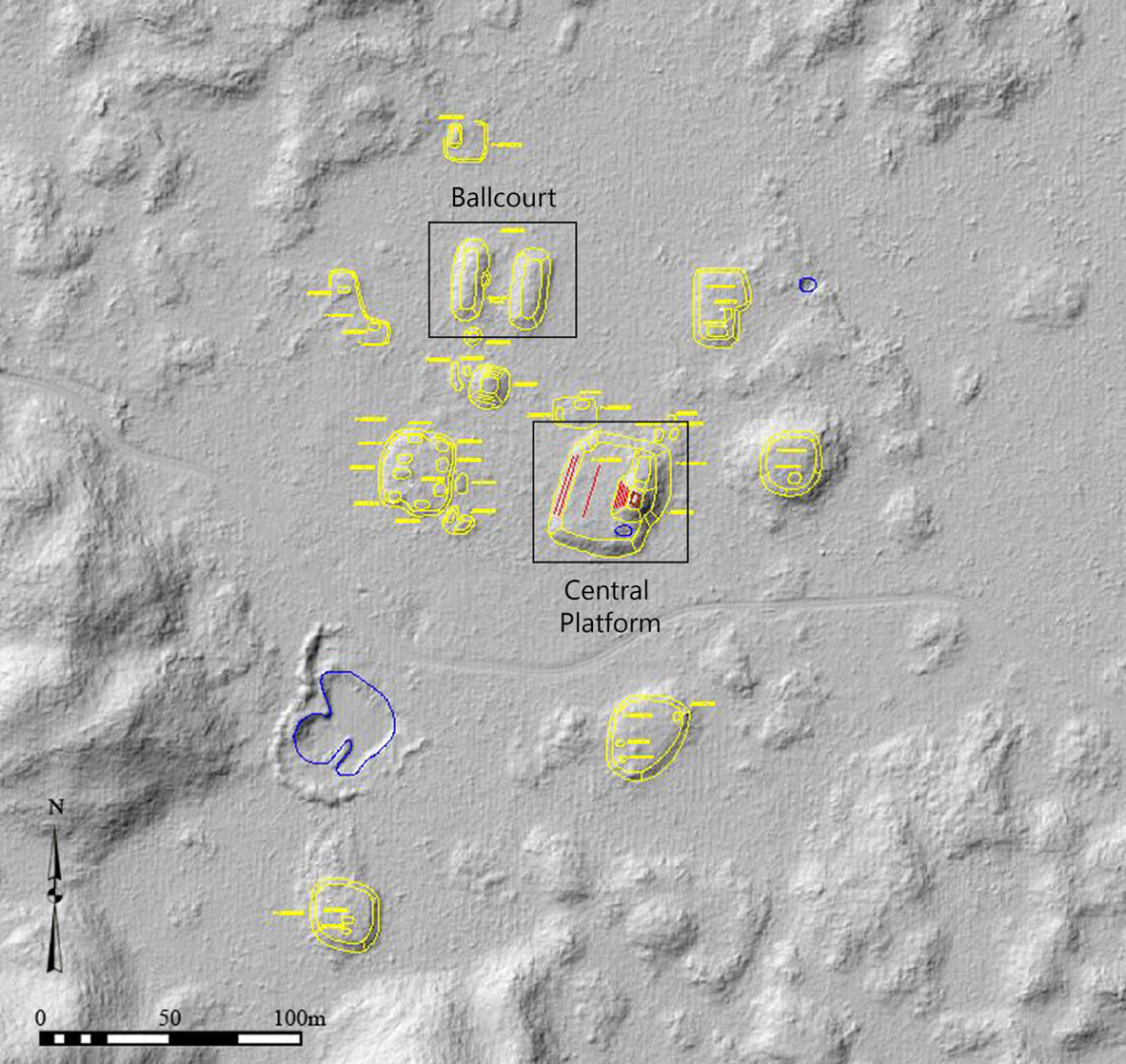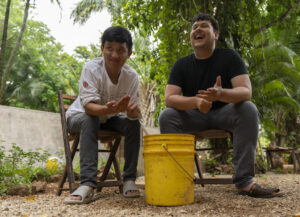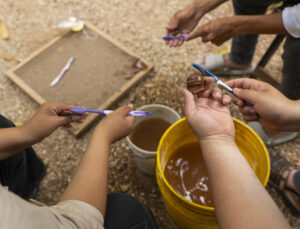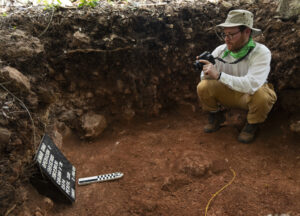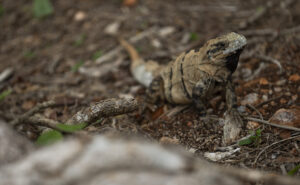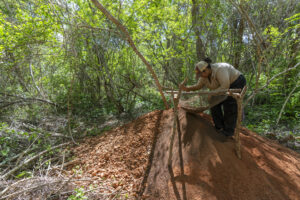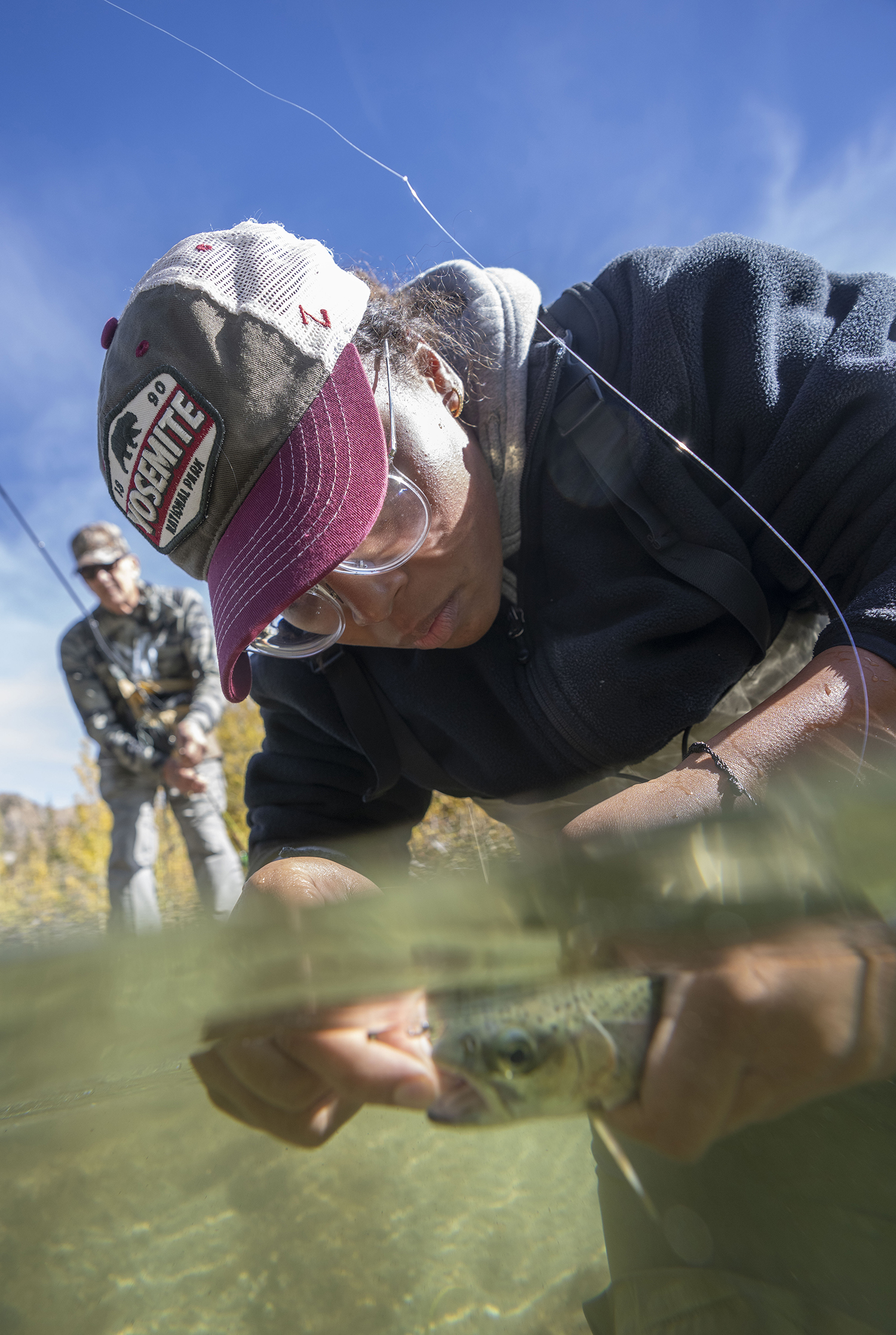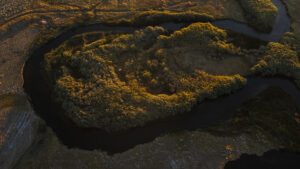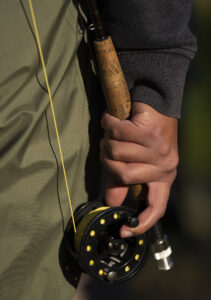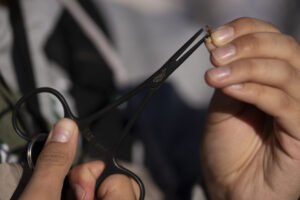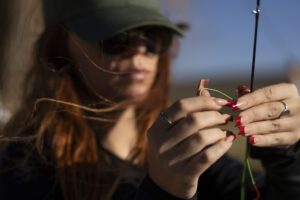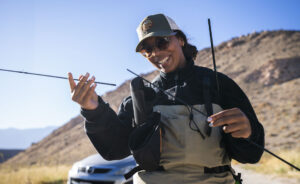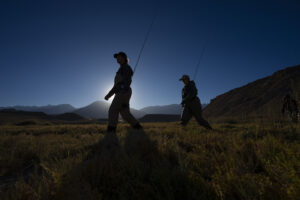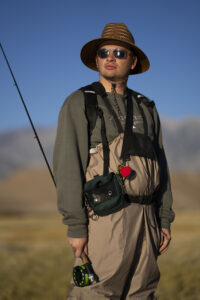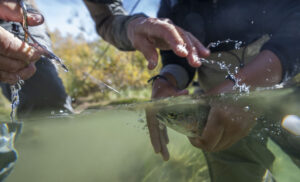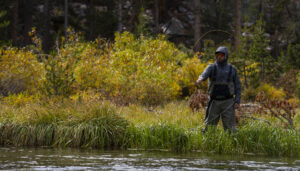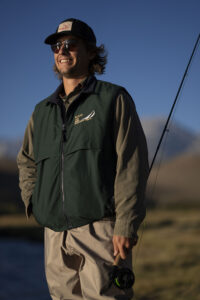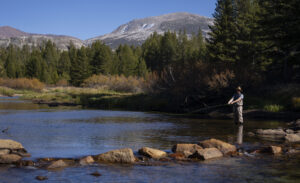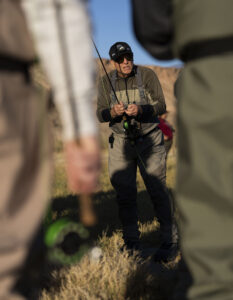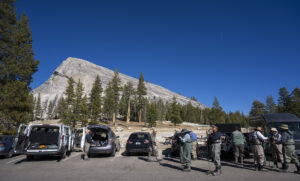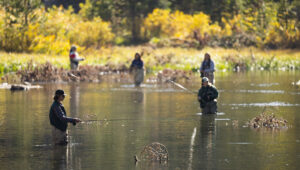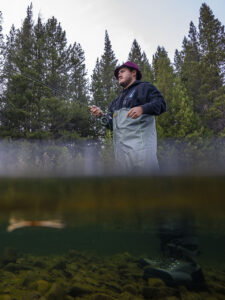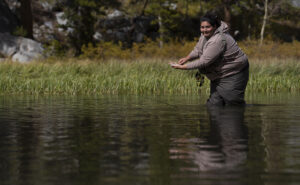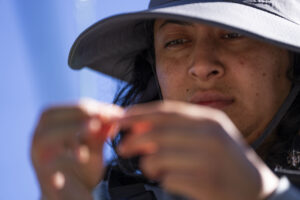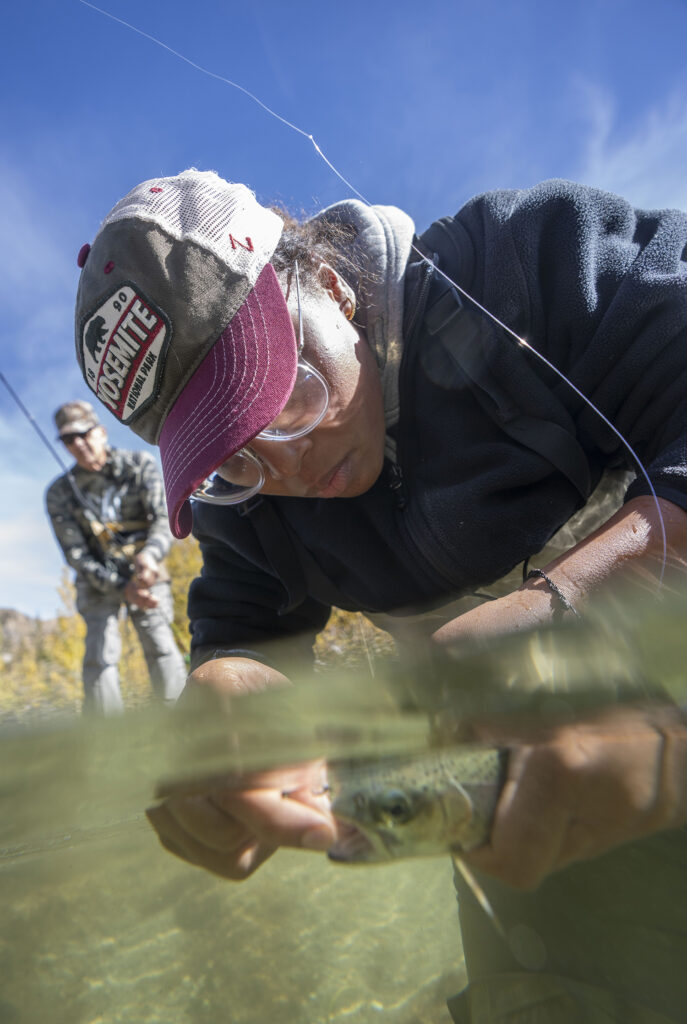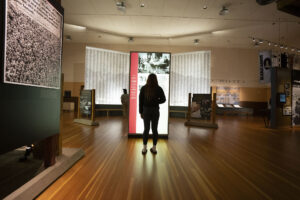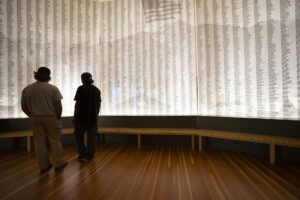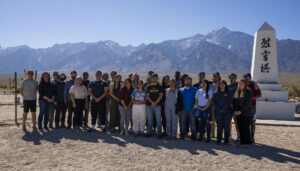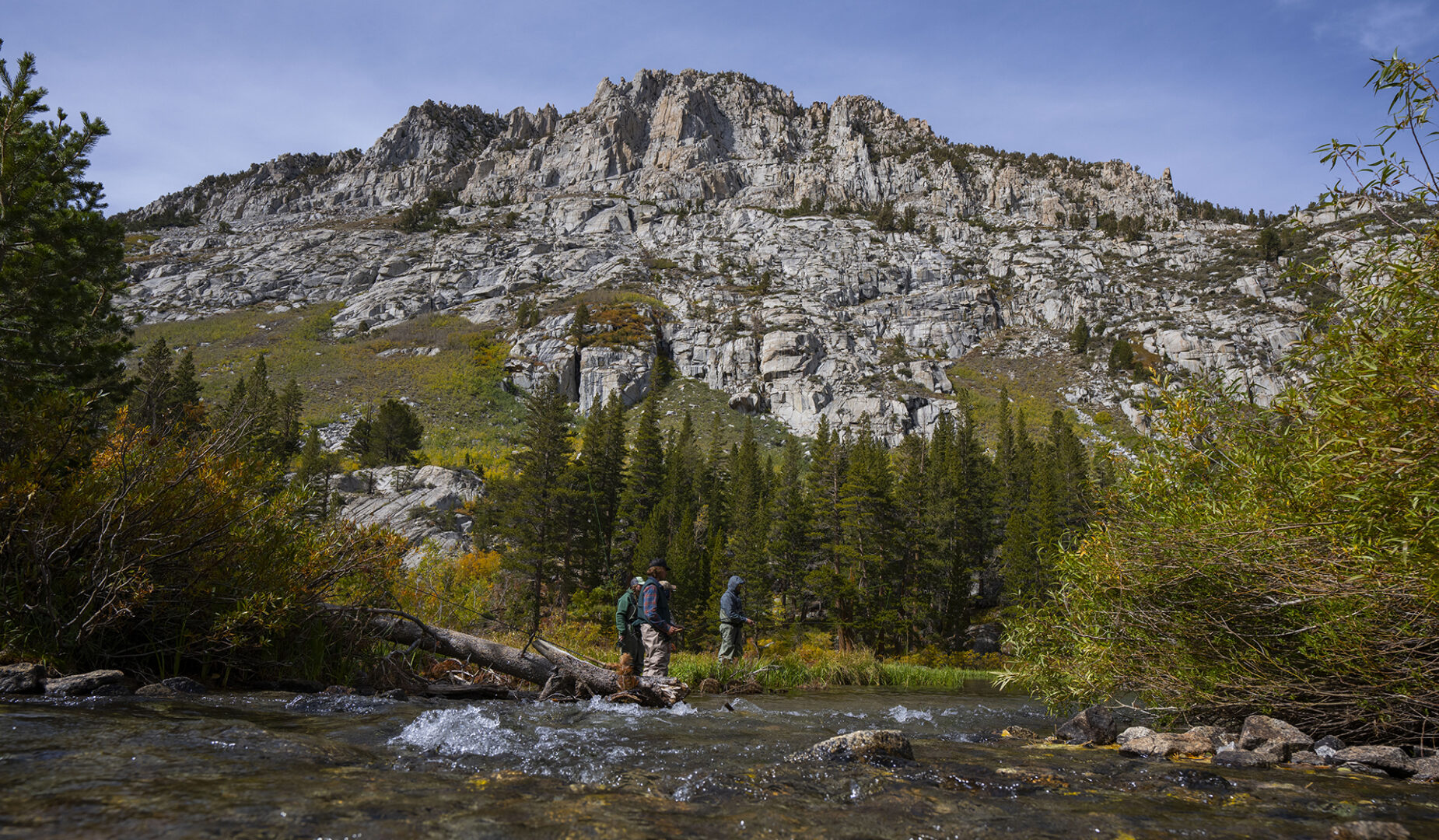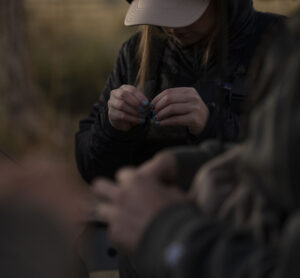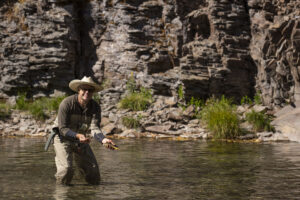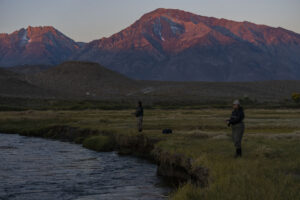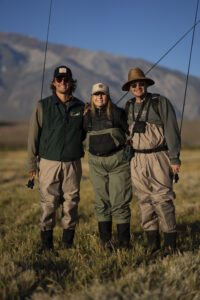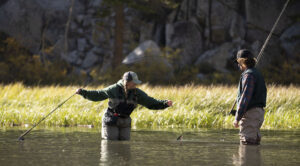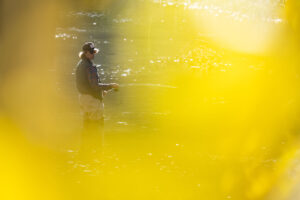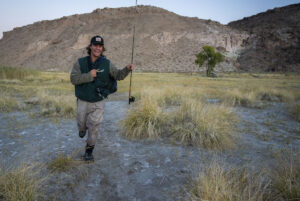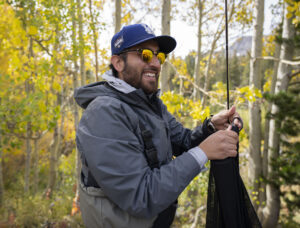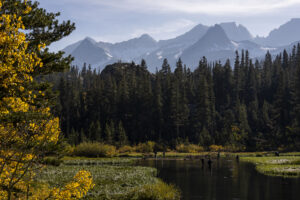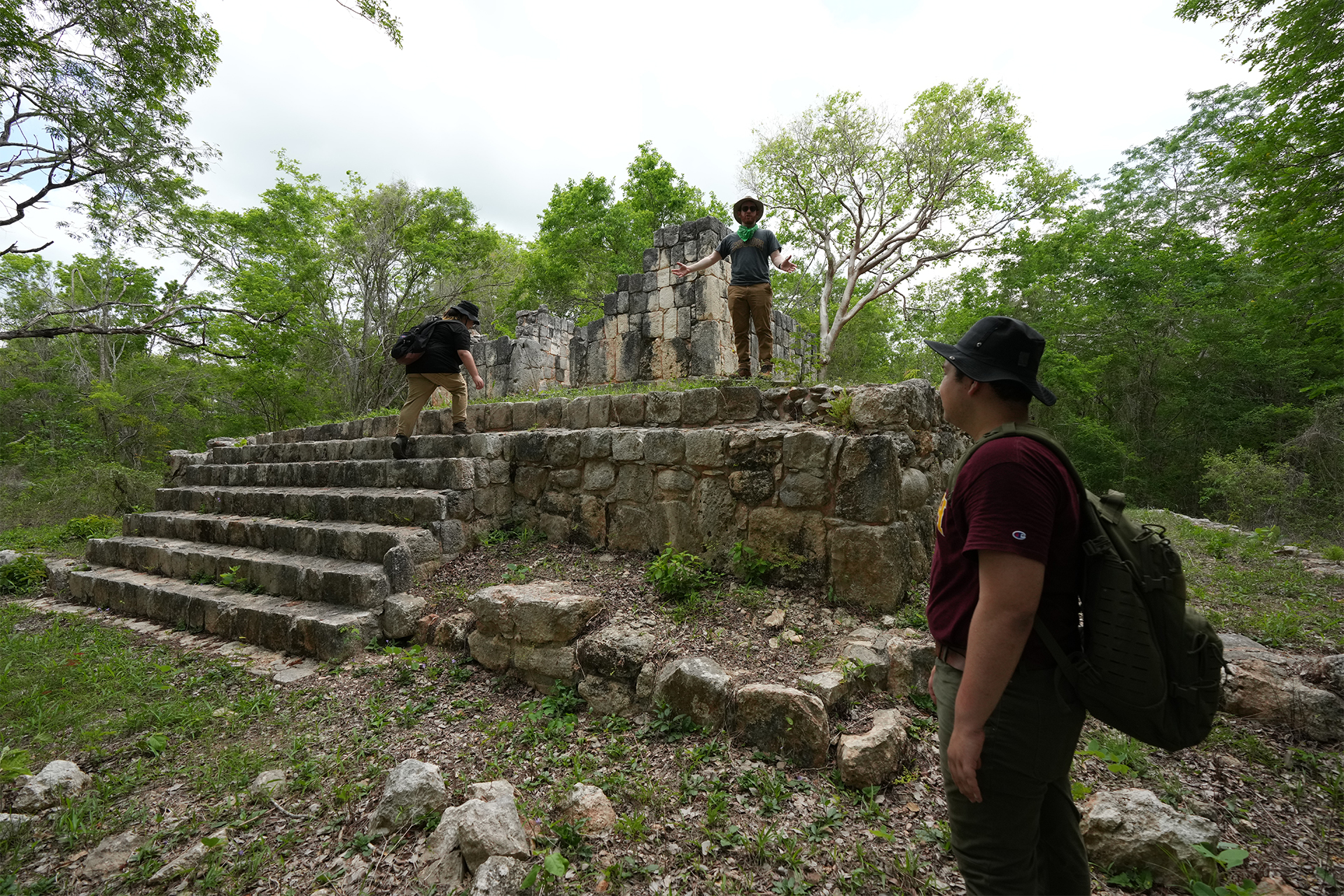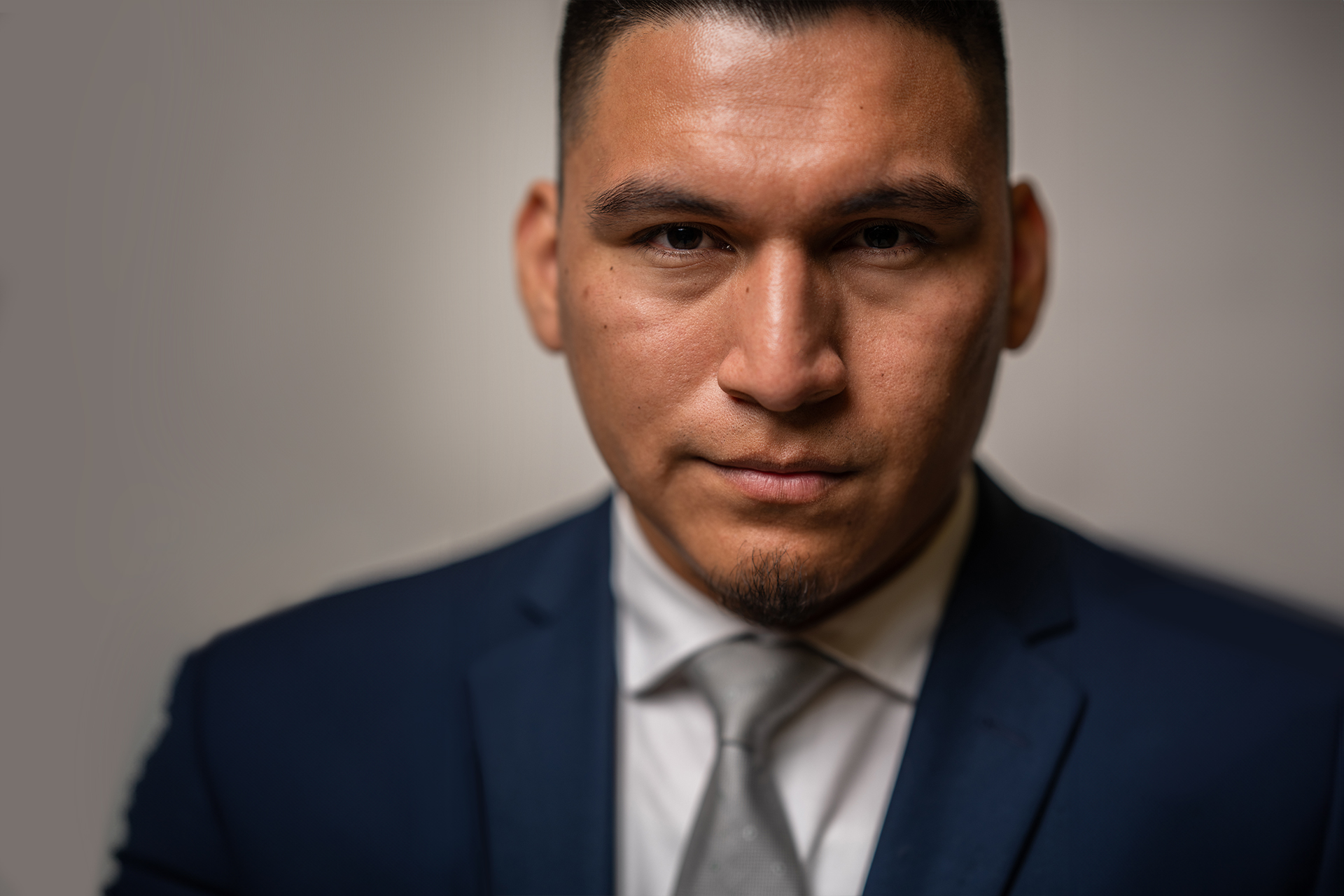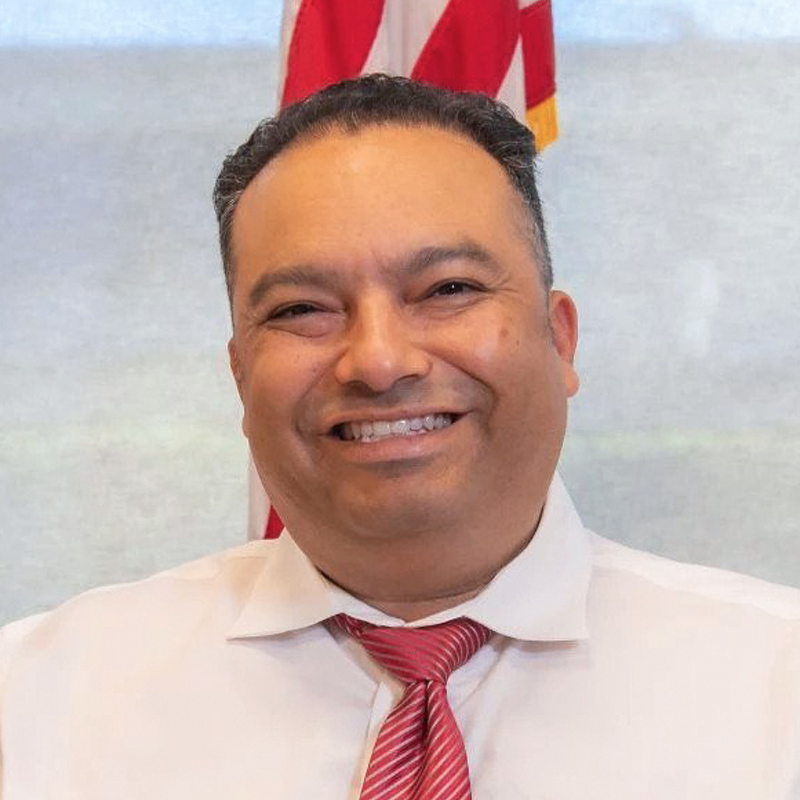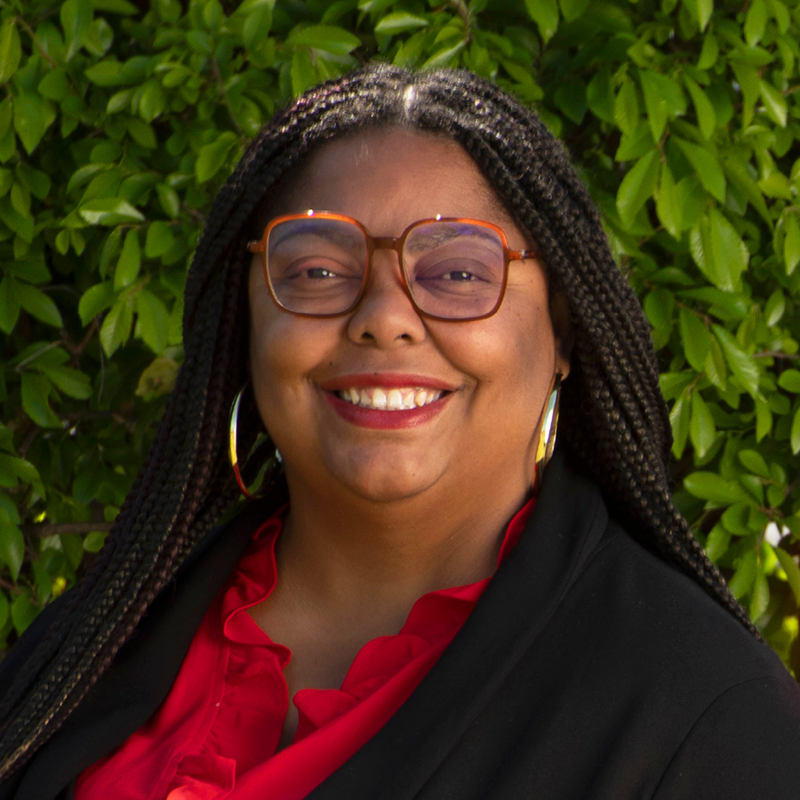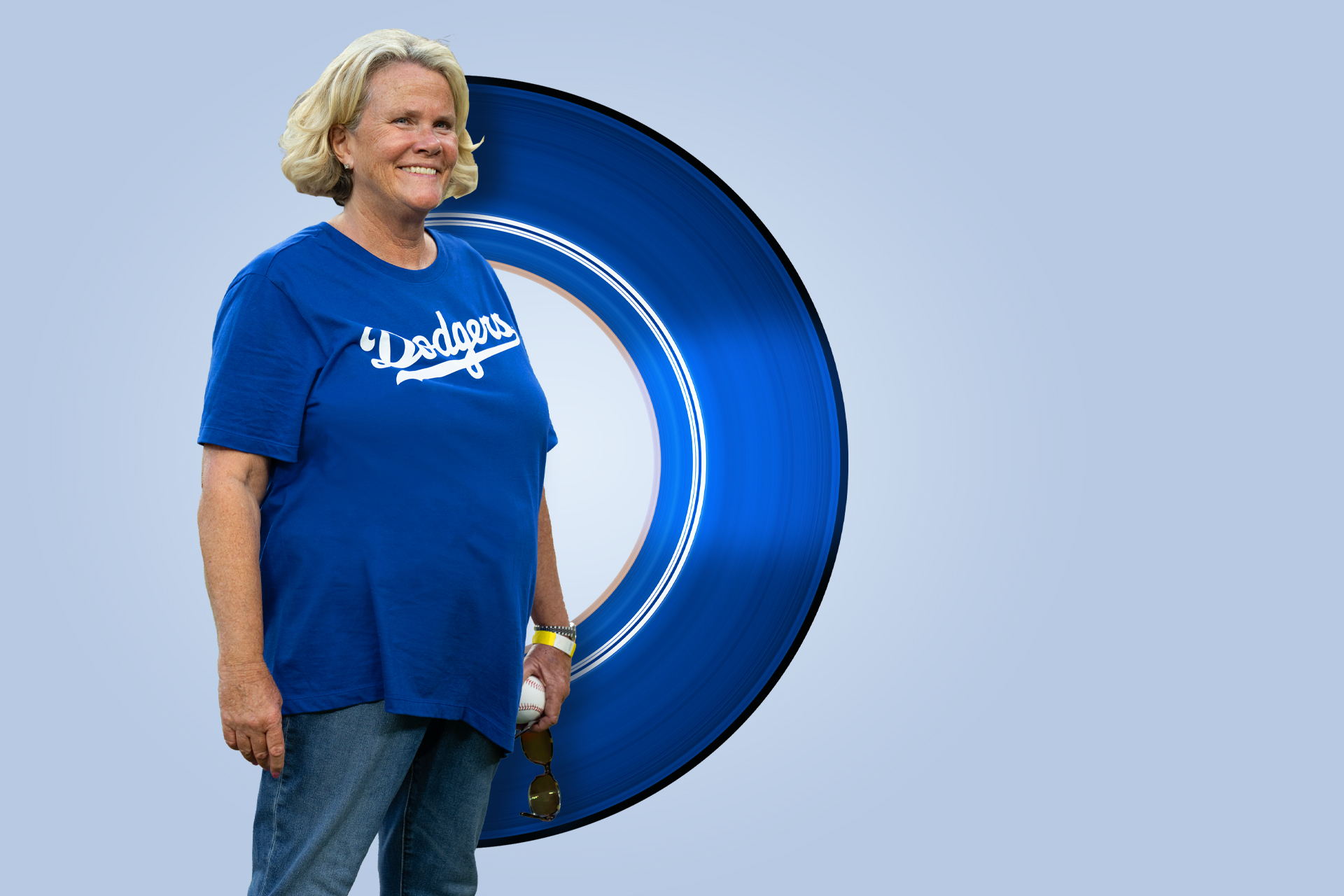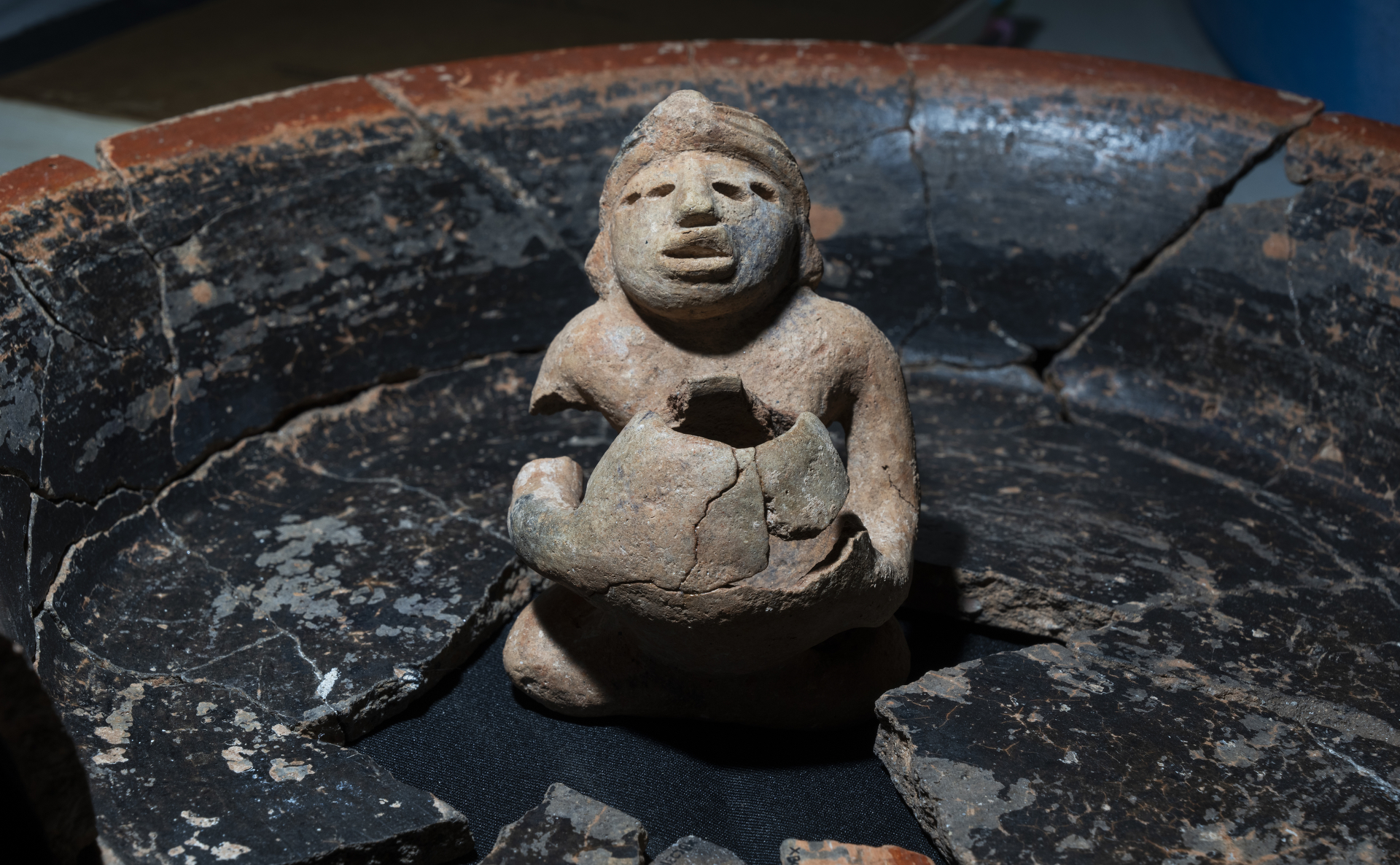Message From the President
As the eleventh president of our California State University, Dominguez Hills, I began my tenure with a bold vision, one that would do nothing less than transform the campus into the model urban, public university.
I was determined to evolve the campus culture from one of acceptance to expectation and excitement—to get Toro students, faculty, staff, administration, and alumni to dream about great possibilities. Accordingly, at my inauguration and first fall convocation, I challenged us to set aside preconceived notions of what CSUDH was and refocus on what CSUDH could become.
Since then, CSUDH has blossomed. We’ve opened buildings, renewed and obtained new accreditations, created new majors and degrees, secured more grants and contracts, attracted record philanthropic support, and established the Division of Diversity, Equity, Inclusion, and Justice. In the last five years, we increasingly garnered local, regional, statewide, and national attention for our work and our impact on the community.
I have no illusion that the university’s accomplishments are my personal achievements alone. CSUDH has evolved because of what each of you has given and produced. The collaboration between faculty, staff, and our students, as well as local community stakeholders, is the best evidence of how Toros work together.
As a servant leader, I take pride in surrounding myself with talented people, providing inspiration and strategic vision, and empowering them to be their best professional selves. I did not have to create the excellence that is CSUDH, I only had to encourage and reveal it.
My tenure, however, has not been without its challenges—the pandemic, social justice protests, economic hardship, labor relations issues, and campus budgetary shortfalls are just a few complications that we have been confronted with recently. Yet our resilience and forward thinking shined through and made me even more proud of our campus community.
Everything happening at CSUDH is because the Toro community bought into the initial vision
I outlined and fashioned their own, elevating our collective standard of excellence. Indeed, we are all working diligently to help CSUDH realize the full measure of its promise and possibility.
First Lady Davida Hopkins-Parham and I thank you all for your years of support, and we hope you will stay connected with CSUDH as we continue striving for excellence and student success.
Sincerely, Thomas A. Parham, PhD
President
Learn more about Dr. Parham’s first five years in office →


